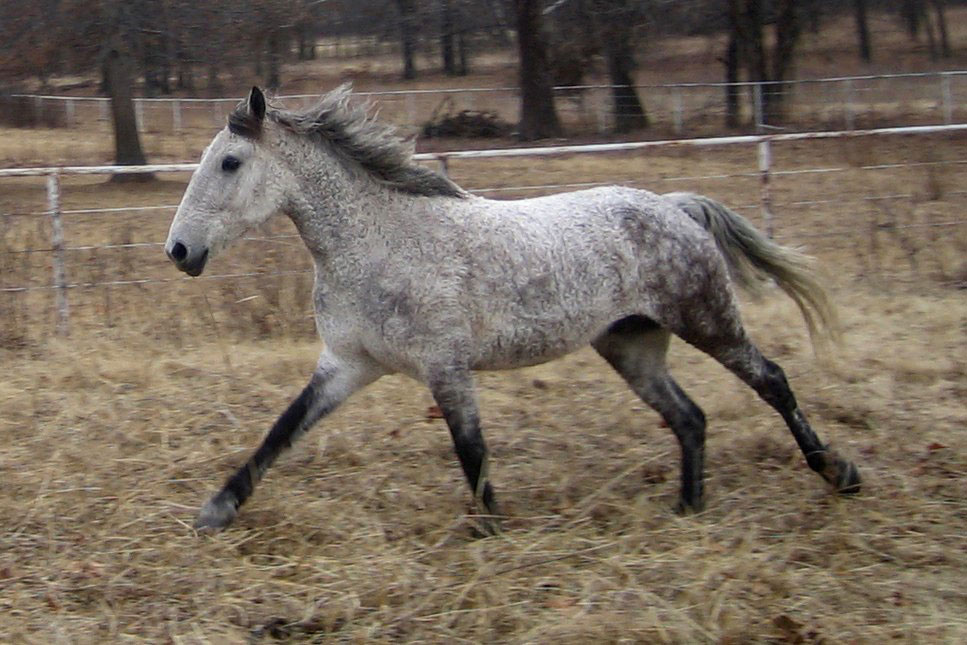Curly Horse
Curly Horse History
The majority of the Curly Horses, also known as the American Bashkir Curly Horse, descend from a herd of three horses found by the Damele family in 1898 roaming the mountain ranges of Nevada. How they came to be on the continent remains a mystery. Theories suggest the horses were brought with early settlers such as Spanish Conquistadors, Russians or Vikings.
Modern blood typing shows that the Curly Horse is not a distinct breed; its genes comprise many breeds, such as the Morgan and the Missouri Foxtrotter. Today, curly coated horses occur in many types: gaited, sport, draft, pony and even a few miniatures. The sure-footed and nimble Curly often participates in gymkhana and western sports.


Curly Horse Characteristics
Born with tight curls everywhere, even in its ears, a curly horse’s coat settles down as the horse matures. Some Curlies have a running walk. Nearly all colors and coat patterns are found and the height varies according to type. The Curly Horse saddle types are the most numerous and range in height from 14.1 to 15.1 hands high. Curly Horses are often hypo-allergenic, and the hair is suitable for spinning.
For more information:
- American Bashkir Curly Horse Registry, www.abcregistry.org;
- International Curly Horse Organization www.curlyhorses.org
Further Reading:
Recent Posts
2025 Defender Kentucky Three-Day Event: Dressage Day One
Day one of the 2025 Defender Kentucky Three-Day Event CCI5*-L kicked off today at the Kentucky Horse Park in picturesque…
2025 Defender Kentucky Three-Day Event
Stay up to date on the action from the 2025 Defender Kentucky Three-Day Event. Find information about the event, including…
ASPCA Right Horse Adoptable Horse of the Week: Stella
Welcome to Horse Illustrated’s weekly installment of the Right Horse Adoptable Horse of the Week, offered in partnership with the…
Meet the Founders of Redingote
I’ve known Connie DeMaio and Allison Malenfant, the two co-founders behind Redingote equestrian coveralls, for years. In fact, I was…
How We Speak to Animals
Emotions play a crucial role in social species, helping regulate interactions. In animals, emotions can be assessed based on physiological,…
Therapy Horses: Equine Miracle Workers
Without therapy horses, there would be no equine-assisted activities for helping humans. They’ve been referred to as “angels with four…